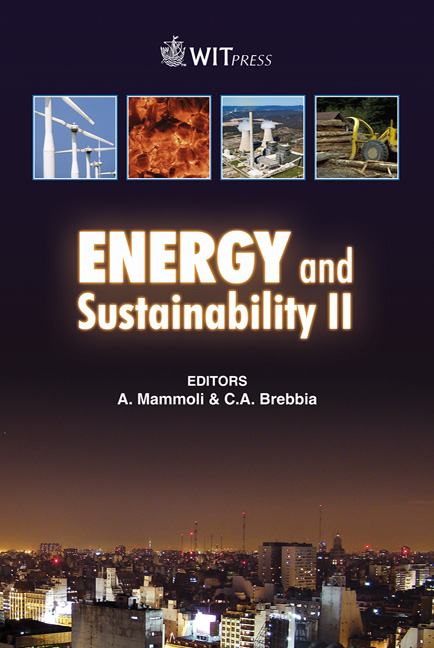Optimisation Of Ammonia Injection For An Efficient Nitric Oxide Reduction
Price
Free (open access)
Transaction
Volume
121
Pages
7
Published
2009
Size
437 kb
Paper DOI
10.2495/ESUS090441
Copyright
WIT Press
Author(s)
S. Ogriseck & G. P. Galindo Vanegas
Abstract
Dry flue gas cleaning systems using activated coke as a catalyst reduce sulphur dioxide and nitric oxide emissions. The sulphur dioxide reduction in this system has an efficiency of over 98%. Therefore, the main purpose is the optimisation of the NOx reduction process by means of ammonia injection optimisation. Such a flue gas cleaning system is currently in operation at the Industriepark Hoechst site in Germany. This paper shows the analysis of the ammonia load on activated coke and denitrification experiments in laboratory scale under variation of different parameters. The results of the ammonia loading tests show a relation between temperature and loading capacity. The tests were driven for temperatures between 110 and 469°C. The denitrification tests pointed out that the highest efficiency is obtained with the activated coke loaded at the highest temperature at 469°C. Keywords: ammonia, activated coke, nitric oxides, denitrification, dry flue gas cleaning, adsorption.
Keywords
ammonia, activated coke, nitric oxides, denitrification, dry flue gas cleaning, adsorption





